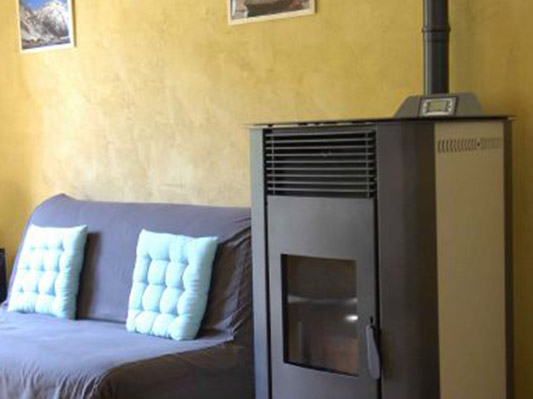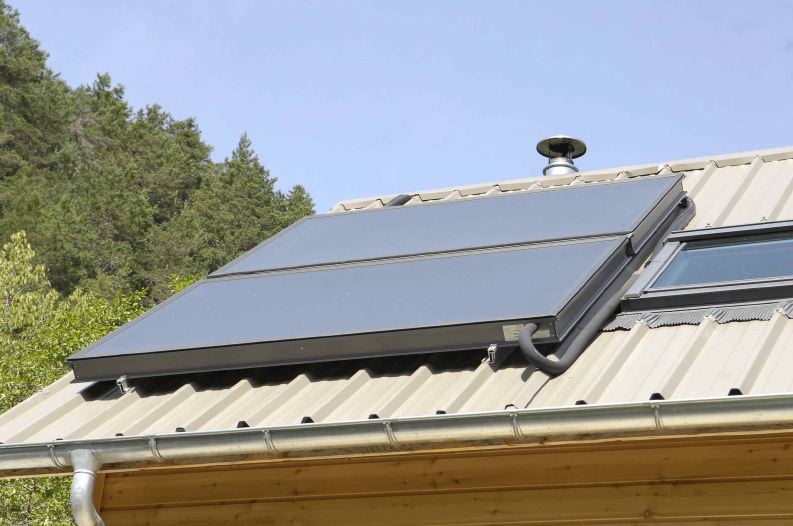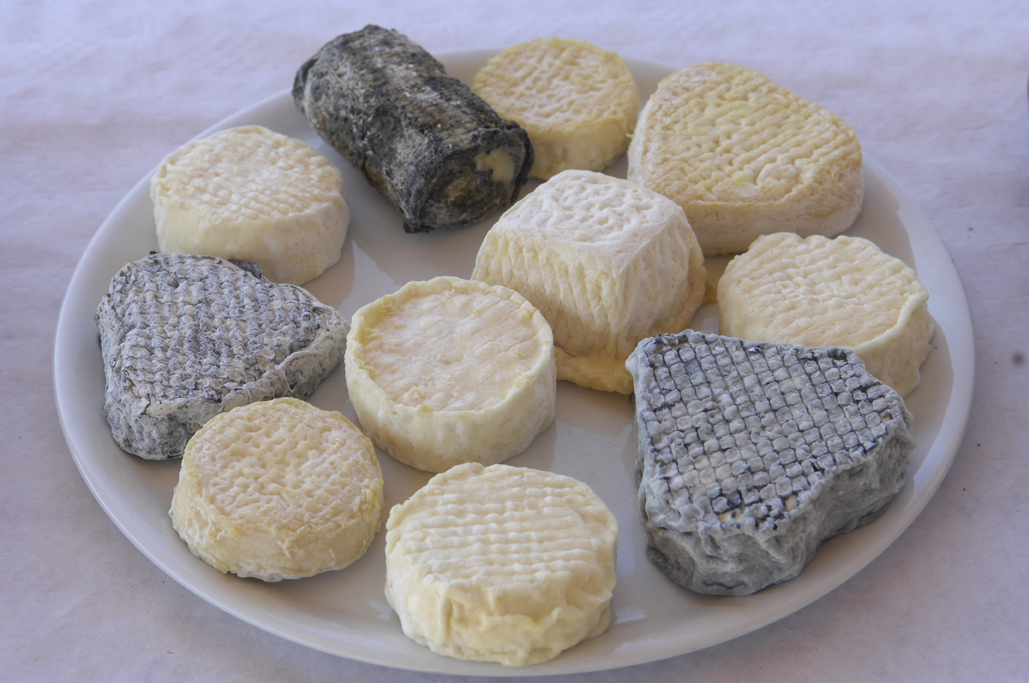– Our eco-construction –
You will discover with pleasure, the environment of the high valley of the Buech is exceptionally preserved. To respect the natural balance of this region and also out of conviction, we have chosen to renovate these eco-houses in eco-construction.
What is eco-construction?
In a nutshell, it’s first and foremost the choice of non-polluting materials for manufacture and contact. For example, we chose the use of sheep’s wool and wood wool to insulate the roof and wood wool for exterior insulation under larch cladding. It is also the use of local and untreated solid wood for carpentry (doors, windows…) and furniture, instead of exotic wood. It is the application of lime coatings on walls and paint without VOCs (volatile organic compounds). In short, the air breathed inside the eco-house is healthy for the occupants, and for the environment.
But making an eco-house is also paying special attention to insulation, so as not to waste unnecessary energy to heat the dwelling. For this we have been above the 2012 thermal regulation standards (RT 2012), with insulation thicknesses of 12 cm for the floor and 40 cm for the walls.
The simple heat of a light bulb and a human body could therefore warm a room, since these layers of insulation give our building the BBC qualification, low-consumption building, almost autonomous in heat, and therefore at temperature. Constant summer and winter!
Finally, building sustainably means integrating clean energy into housing to ensure heating and hot water. For hot water, we chose solar energy through solar panels installed on the roof, and for heating we installed a wood pellet stove that heats water and is connected to radiators in all rooms.
And then the rest, it will be up to you to play: sorting the waste in the adapted bins that we offer, good management of water and energy, and all the respect that can be given to the generous nature surrounding. A complete file on our work awaits you if you want to know more, and why not, take advice?
For food, for example, buying locally is an eco-citizen gesture. The Haut-Buëch Valley is very rich in small-scale producers, often settled in organic farming. In the village of Montbrand, there is a bakery (Organic Agriculture, AB in French) and ourselves for honey.
In La Faurie, the nearby village, there is a goat farmer for cheeses (AB), another baker (AB), a lavender and a poultry farmer (AB). And further afield, in Beaumugnes, is a cow farmer who makes delicious white cheeses (AB). Local producers are numerous and often grouped in point of sale (A La Faurie or Veynes for example).



